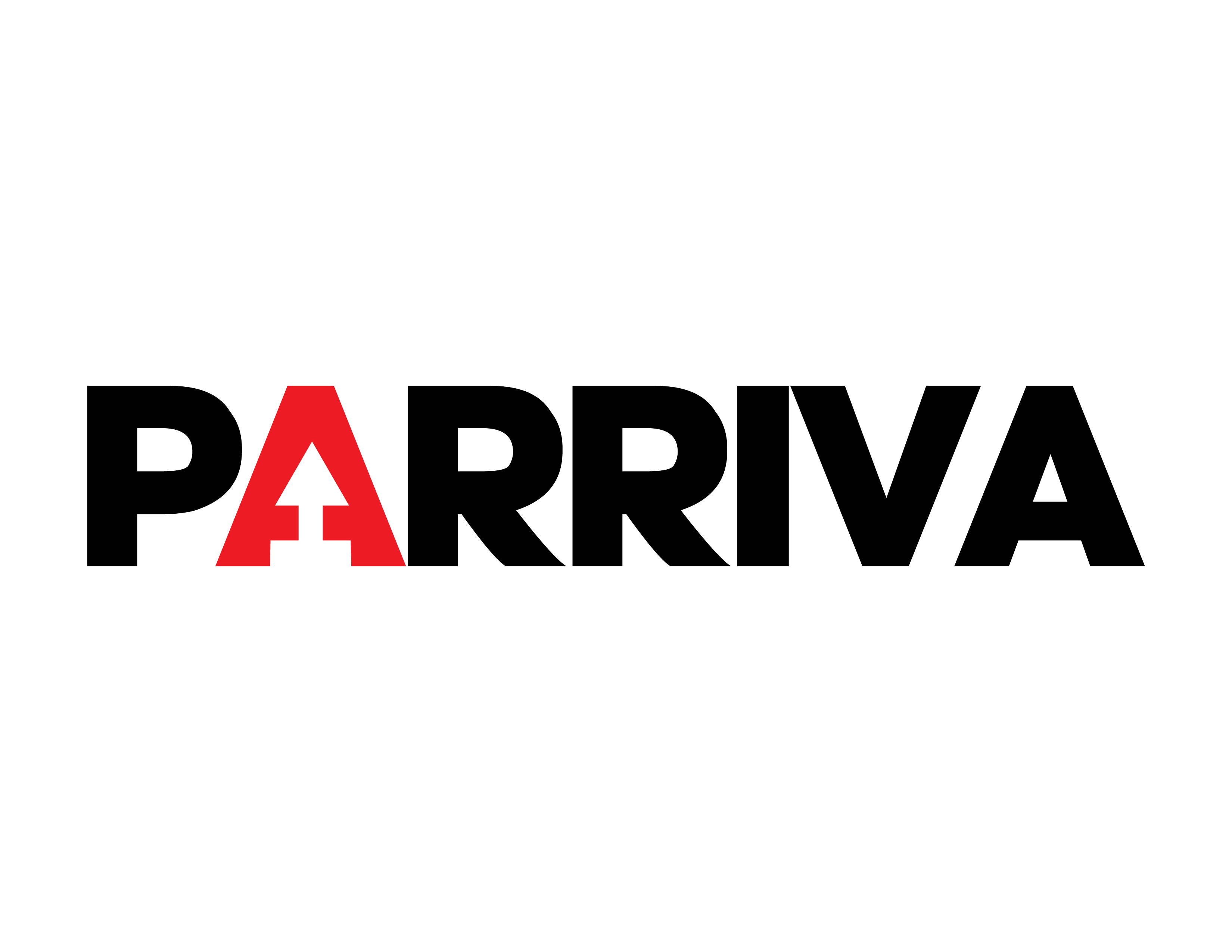As of May 9, 2025, California Senate Bill 48 (SB 48), introduced by Senator Lena Gonzalez, is scheduled for a hearing in the Senate Appropriations Committee on May 12, 2025, at 10:00 a.m. in Room 2200 at 1021 O Street, Sacramento.
Want to Support SB 48? Show Up and Speak Out
- Anyone can attend and give a short public comment (name + position).
- Share why you support protecting students from immigration enforcement at school.
- Can’t attend? You can:
- Call in (if allowed)
Send a letter of support to the committee in advance
What Happens During the Appropriations Committee Hearing
The Senate Appropriations Committee evaluates the fiscal implications of proposed legislation. During the hearing, the committee will assess SB 48’s potential financial impact on the state budget and local agencies. The committee may discuss cost estimates, funding sources, and any fiscal concerns related to implementing the bill.
The committee may vote on SB 48 during the hearing. The possible outcomes include:
- Do Pass: The bill advances to the Senate floor for consideration.
- Hold in Committee: The bill is set aside and does not proceed.
- Amend and Re-Refer: The bill is amended and sent to another committee for further review.
Next Steps if SB 48 Passes the Hearing
If SB 48 receives a “Do Pass” recommendation from the Appropriations Committee, it will proceed to the Senate floor for a full vote. If approved by the Senate, the bill will move to the Assembly, where it will undergo a similar process, including committee hearings and floor votes. If both chambers pass the bill, it will be sent to the Governor for signature or veto.
- Senate Floor Vote (Usually Within 1–2 Weeks after the hearing)
- After passing the final committee (like Appropriations), the bill is placed on the Senate floor “Third Reading” file.
- The Senate can vote on the bill within days, but this often depends on:
- The legislative calendar.
- Priority level set by Senate leadership.
- Because SB 48 is an urgency statute, it may be prioritized and brought to the floor more quickly than standard bills.
- Assembly Process (Can Begin Almost Immediately After Senate Passage)
- If SB 48 is passed by the full Senate, it’s transmitted to the Assembly.
- In the Assembly, it:
- Goes through policy committees (e.g., Education, Judiciary).
- Then to the Assembly Appropriations Committee (if fiscal impact).
- And finally to the Assembly floor for a vote.
Timeline Estimate (Typical, but can vary):
- Senate Floor Vote: Within 1–2 weeks after Appropriations hearing.
- Assembly Committees and Floor Vote: 2–4 weeks, possibly expedited for urgency measures.
What Can Delay the Process?
- Amendments requested in committee.
- Budget hearings or other high-priority bills.
- Lobbying efforts by stakeholders.
What Happens if SB 48 Does Not Pass the Hearing
If the Appropriations Committee does not approve SB 48, the bill will not advance in the legislative process and is effectively halted for the current session.
Support and Opposition in the Legislature
SB 48 has garnered support from various legislators and organizations. The bill is sponsored by the California Superintendent of Public Instruction, Tony Thurmond, and the California Federation of Teachers. It has passed previous committee votes with substantial support.
As of now, there is no recorded opposition to SB 48 in the legislative record. However, it’s important to note that positions can evolve as the bill progresses.
Constituents can attend floor sessions in both chambers:
-
You sit in the public gallery above the Senate or Assembly floor.
-
You cannot speak or participate, but your presence is noted — especially when groups show up together.
-
It’s a powerful symbol, particularly when press or legislators’ staff are watching.
Why It Matters
-
Constituent presence helps pressure lawmakers to support (or oppose) a bill.
-
Testifying or showing up at hearings can sway undecided legislators.
-
Being in the gallery for floor votes shows lawmakers that their voters are paying attention.








